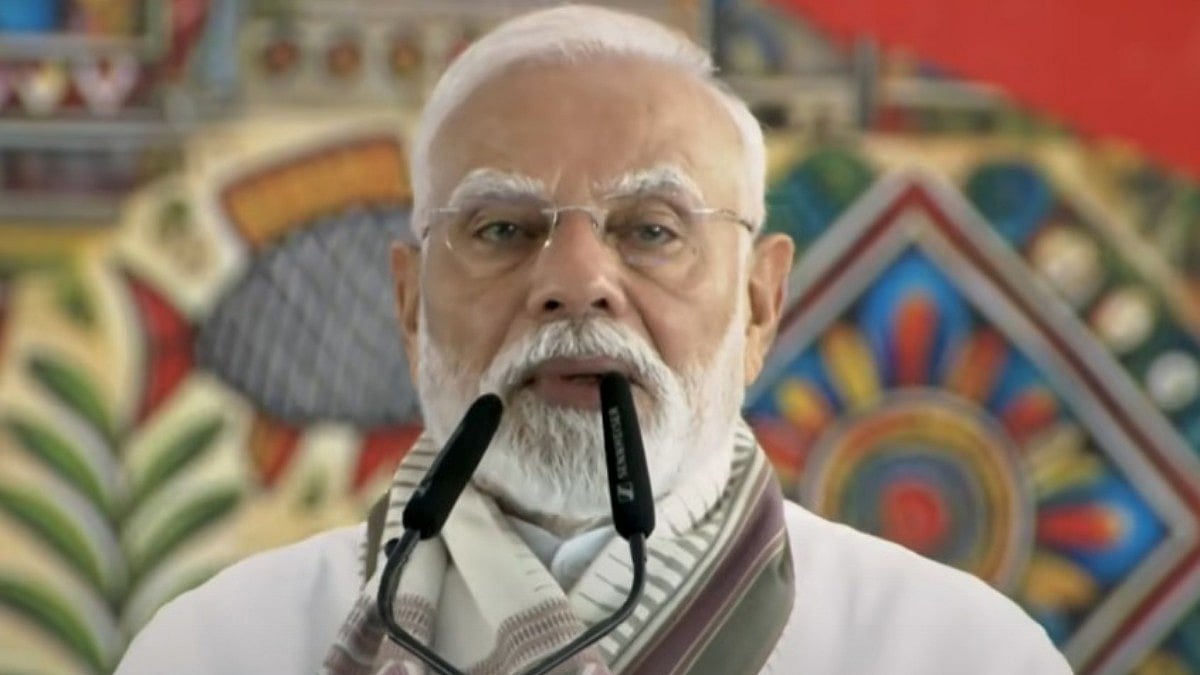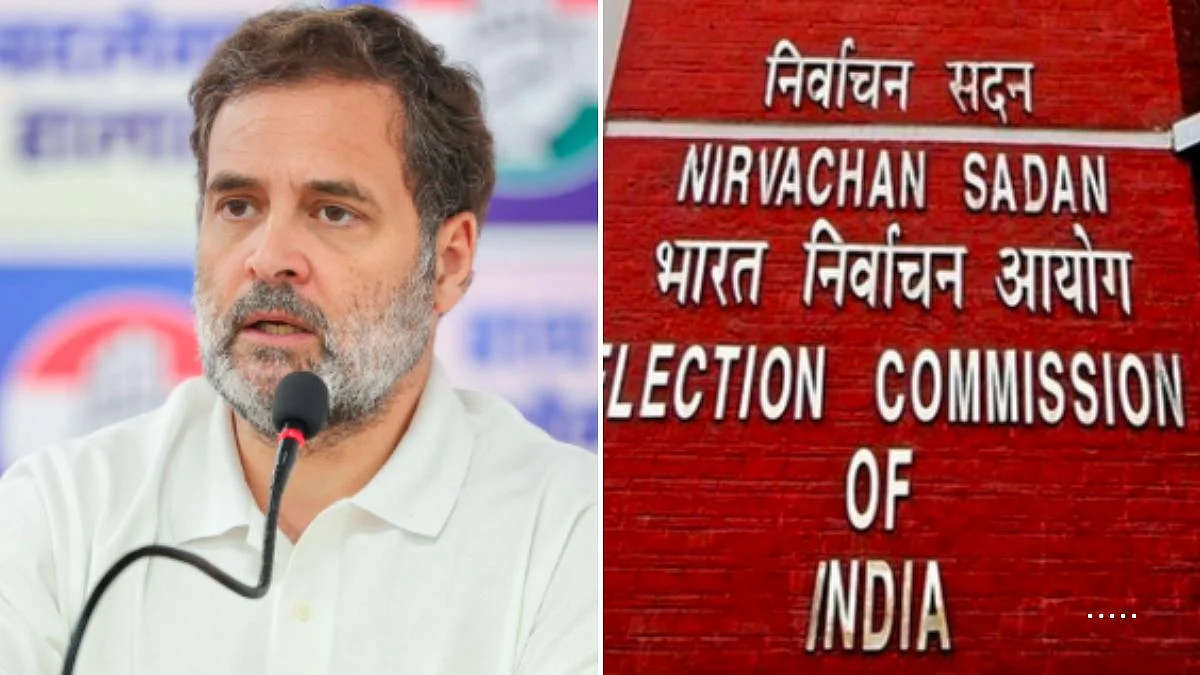This Independence Day, from the Red Fort, Prime Minister Narendra Modi called for the next generation of the GST reform. His promise was simple yet transformative: fewer rates, simpler compliance, and a tax system that truly enables business rather than entangles it.
The vision is bold—moving from four major slabs to two basic rates (5% and 18%) and one special demerit rate of 40%—but the opportunity is even bigger. This is our chance to make the GST the gold standard of indirect taxation: simple, fair, comprehensive, and litigation-free.
As someone who has watched the GST evolve from its inception, I believe the moment has come to reset it on six foundational principles. Done right, this reform can not only ease doing business but also dramatically cut the crippling load of disputes clogging our tribunals and courts.
1. Two Basic Rates: Certainty Over Complexity
Multiple rates have been the single largest source of classification disputes. Moving to 5% and 18%, with a tightly ring-fenced 40% rate for luxury and sin goods, will end rate arbitrage and make compliance intuitive. The new schedule should be locked to detailed HSN codes, so there is no room for interpretational chaos. Publish an official “old-to-new” mapping so every taxpayer knows exactly where they stand.
2. No Exemptions, No Deductions—Tax Everything, Credit Everything
Exemptions sound good in theory but create cascading taxes and endless arguments. The better path is universal coverage and near-full input tax credit (ITC). We must prune the blocked-credit list to the bare minimum—only for true personal consumption. Every other business expense, from capex to services, should enjoy seamless credit.
3. Full Coverage: Bring Every Sector Under GST
We cannot leave out massive segments of the economy and then call the GST a unified tax.
•Fuels should come in stages—ATF and natural gas now, petrol and diesel in due course—while guaranteeing states their revenue share.
•Electricity should be taxed at 5% with full ITC to remove cascading costs for industry.
•Real estate needs uniform treatment and ITC flow-through to cut hidden taxes on homebuyers.
Even alcohol for human consumption—now constitutionally with states—should be part of a long-term roadmap for true unification.
4. Ease of Assessment: From Policing to Partnership
The taxpayer interface must become frictionless. One return, one audit, all done through risk-based, faceless scrutiny. Pre-filled returns should be the norm for all e-invoicing taxpayers, with auto-matching and tolerance bands to avoid trivial notices. Every query must have a standard checklist and a single authority—no parallel summons from the centre and states.
5. Quick Closure of Open Issues
The backlog of disputes from the early GST years is staggering. We need a one-time closure scheme—call it “GST Samādhān 2026”—waiving penalties and most interest for voluntary settlement of transitional mismatches, classification confusions, and inverted duty disputes. The newly operational GST Appellate Tribunal must be mandated to dispose of all pending appeals within strict timelines. And for contentious sectors like online gaming, we must legislate a clean prospective base and offer a closure window for past liabilities.
6. Genuine Ease of Doing Business
Ease of doing business is not about slogans—it is about the daily reality for millions of enterprises.
•Refunds must be paid within 30 days, with automatic interest if delayed.
•Taxpayers must be able to correct returns within a defined window without the fear of penalty.
•Anti-profiteering, now housed under the Competition Commission, should sunset for the new regime, freeing businesses to focus on value creation.
The Prize: Growth Without Gridlock
If we adopt this six-pillar path, the GST can move from being a compliance burden to becoming an enabler of competitiveness. With buoyant revenues—Rs 2.37 lakh crore in April 2025—we have the fiscal room to rationalise without fear of deficit blowouts. And with strong technology infrastructure, we can enforce compliance without stifling enterprise.
Most importantly, these reforms will cut the oxygen supply to litigation. Two rates, full credit, and comprehensive coverage will remove the interpretational fog that has consumed so much time, energy, and capital.
This is a defining moment.
Just as GST 1.0 united India into a single market, GST 2.0 can unite us in a single vision—of a tax regime that is fair, fast, and future-ready. The Prime Minister has thrown down the gauntlet; it is now for the GST Council, the centre, and the states to pick it up and act with the urgency the economy deserves.
A simpler GST is not just a tax reform; it is a growth reform. It is time to make it real.










